Hill’s #PetNutrition has released its first-ever 2025 Global Feline Report. According to the official introduction, this report is a key resource for feline care, developed by the newly established Veterinary Expert Feline Advisory Team in 2024. Its goal is to provide veterinary professionals with the latest insights into feline health, trends, and care practices.
Key Highlights of the Report
The report covers the following core areas:
- Cat Population & Demographics: Understanding changes in the global feline population.
- Popular Breeds by Region: Trends in cat breed preferences and adoption.
- Advancements in Veterinary Care & Expertise: Exploring progress in feline medicine and the current state of certified feline care facilities.
- #PetFood Development: Innovations in feline nutrition research, including Hill’s proprietary fiber blend and ingredient-mixing technology.
- Cost Impact on Pet Food Choices: Analyzing economic factors that influence owners’ selection of pet food.
- New Feline Professional Educational Materials: Highlighting key resources for feline veterinary education.
- Comprehensive Feline Care Guide: A simplified guide to the latest standards from the Veterinary Medical Association (VMA) and International Society of Feline Medicine (ISFM).
Cat Population, Demographics & Adoption Channels
Global & National Cat Population Trends
The report reveals that the global feline population is growing significantly—and the number continues to rise:
- Currently, between 220 million and 373 million cats are kept as pets worldwide.
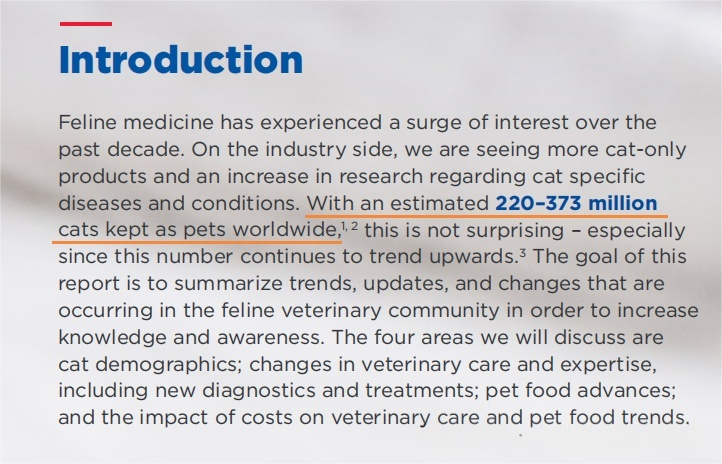
When broken down by country, the number of cat owners, total cat population, and ownership rates vary significantly. Below are the top 10 countries with the largest pet cat populations:
- United States: ~74 million
- China: ~53 million
- Russia: ~23 million
- Germany, France, United Kingdom, Italy, Ukraine, Japan, Poland
Additionally, the global #petownership rate has continued to rise, driven in part by the pandemic. During the report’s data collection period:
- U.S.: 23 million people adopted pets
- UK: Over 2 million people adopted pets
- Australia: Over 1 million people adopted pets
- China: Pet ownership grew by 113% between 2014 and 2019

Cat Ownership Rates
Data shows striking differences in how many households own cats across countries:
- Russia: Has the highest cat ownership rate globally, with 59% of households owning a cat.
- U.S. & UK: Around a quarter of households own cats.

Feline Demographics (U.S. Case Study)
Take the U.S.—a mature #petmarket—as an example. Beyond domestic cats, there is a large population of stray/feral cats:
- Domestic cats: 37 million households own cats, with an average of 1.78 cats per household.
- Stray/feral cats: An estimated 30 million to 40 million stray, feral, or unattended cats.
Adoption Trends
Research finds that more cats are adopted annually in the U.S. than dogs:
- Dogs: ~2 million adopted each year
- Cats: ~3.2 million enter shelters annually, with ~2.1 million adopted from shelters
Adoption Channels
Where do people get their cats? Here’s a breakdown by country:
- U.S.: 31% of people adopt from animal shelters, 27% rescue strays from the streets, and only 3% buy from breeders.
- UK: Similarly, 24% adopt from rescue charities, 34% purchase from sellers (including breeders), and 16% get cats from neighbors, family, or friends.
Globally Popular Cat Breeds & Pricing
Worldwide Breed Diversity
There are dozens of cat breeds globally—The International Cat Association (TICA) recognizes 73. Preferences vary by region, but the top 3 most popular cat breeds worldwide are:
- Ragdoll
- Maine Coon
- Devon Rex
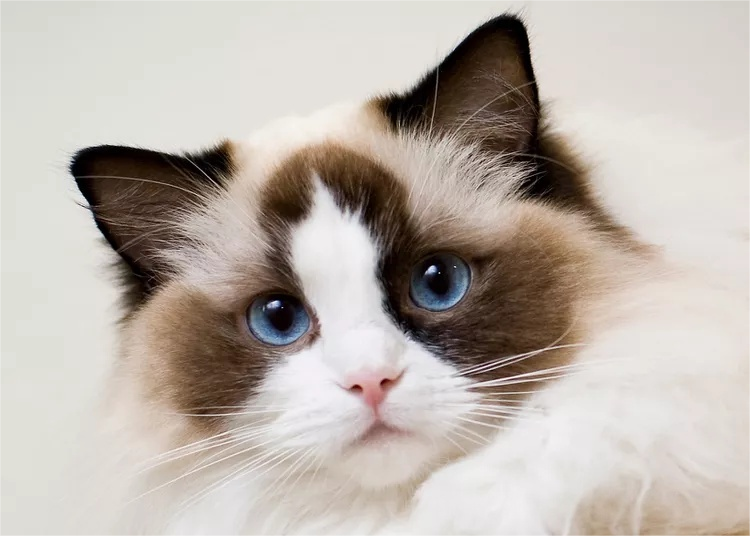
Rare Cat Breeds (by Region)
Some breeds are particularly rare in certain areas, including:
- American Wirehair: Originating in the U.S., this breed emerged from a genetic mutation in an American Shorthair cat born on a New York farm in 1966.
- Burmilla: Also known as the Burmilla Shorthair, this breed originated in the UK and is a hybrid of a Burmese cat and a Chinchilla Persian.
- Chartreux: Also called the Chartreux Blue, this French breed is one of the “world’s three great blue cat breeds” (alongside the British Shorthair Blue and Russian Blue).
- Cornish Rex: A curly-haired breed known for its high energy and elegant appearance. It originated from a natural genetic mutation in Cornwall, UK, in the 1950s.
- Egyptian Mau: An ancient medium-sized shorthair breed from Egypt, where it was once revered as a “sacred cat.”
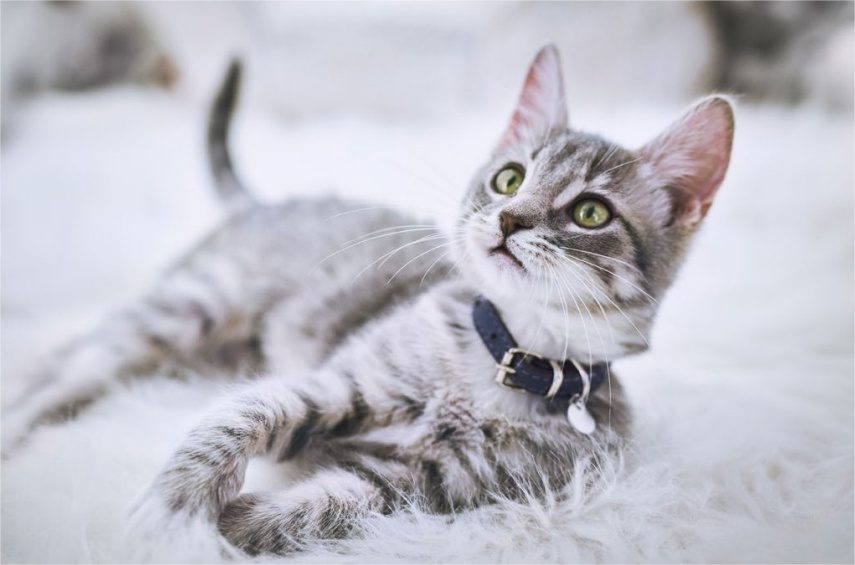
2024’s Top 3 Popular Cat Breeds (by Country)
- U.S.: Exotic Shorthair, Ragdoll, British Shorthair
- UK: British Shorthair, Bengal, Ragdoll
- India: Indian Billi, Siamese, Persian
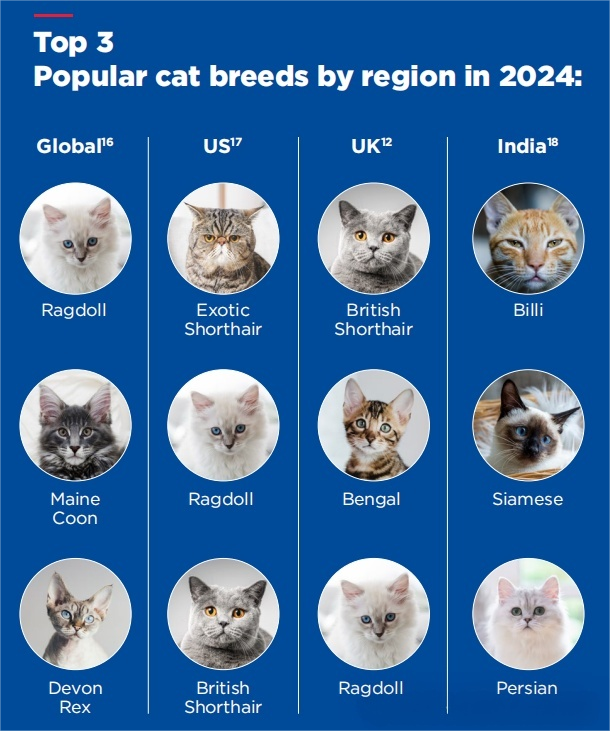
Pricing for Popular & Rare Breeds
Prices vary drastically for in-demand or rare breeds. According to the report:
- Ashera: A hybrid of African servals, Asian leopard cats, and domestic cats—priced up to $125,000.
- Savannah: A cross between African servals and domestic cats—costs around $50,000.
- Bengal: Descended from Asian leopard cats and Egyptian domestic cats—valued at approximately $25,000.
- Persian, Peterbald, Canadian Sphynx, Scottish Fold, Russian Blue: Typically range from $3,000 to $5,000.

Changes in Feline Veterinary Care
Most Common Feline Diseases
A global team of feline experts compiled data on the most frequently diagnosed conditions in cats, which include:
- Gastrointestinal issues, kidney disease, dental problems, overweight/obesity, and behavioral concerns.
- Feline Immunodeficiency Virus (FIV) and Feline Leukemia Virus (FeLV) remain two of the most common infectious diseases in cats worldwide.
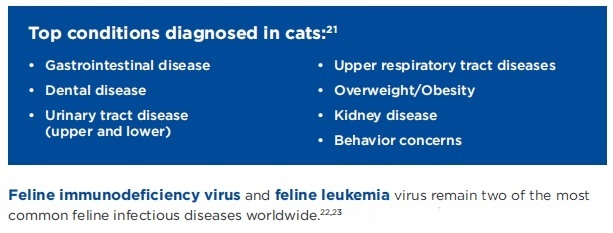
Growth of Feline-Specific Veterinary Facilities
The number of feline specialists and cat-exclusive veterinary clinics is growing (though slowly):
- U.S.: Currently, there are 46 AAHA (American Animal Hospital Association)-accredited cat-only clinics.
- Global: There are 1,270 ISVPS (International School of Veterinary Postgraduate Studies)-accredited cat-friendly clinics, with:
- UK: 590 clinics
- Rest of Europe: 324 clinics
- Asia: 279 clinics
- Australia: 77 clinics
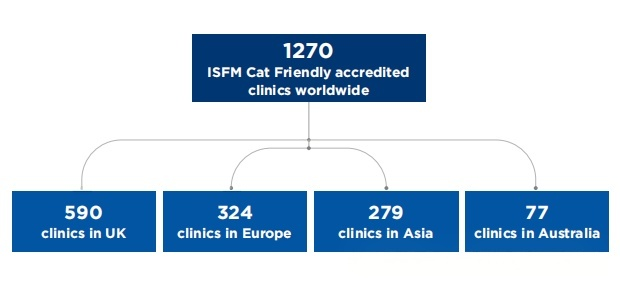
Veterinary Visit Rates & Barriers
Economic pressure has led many cat owners to cut back on veterinary spending, leaving some feline health issues untreated. A key concern:
- Only 40% of cats visit a veterinarian annually—far lower than the 82% rate for dogs.

Advancements in Feline Care
Thanks to progress in feline medicine, veterinarians now have better tools to ease cats’ anxiety during visits—especially for treating cats with diabetes, Feline Infectious Peritonitis (FIP), and Chronic Kidney Disease (CKD). For example:
- Zoetis’ Bonqat® (pregabalin oral solution) relieves acute anxiety and fear in cats related to transportation and vet visits. It is more effective than gabapentin (commonly used for these scenarios), allowing for a lower dosage (5 mg/kg vs. 10 mg/kg).

Pet Food Development & Cost Impact
Popular Cat Food Formats
Cat food is available in multiple forms (dry, wet, treats, etc.). Based on surveys conducted in June 2023 and March 2024:
- Dry food: Remains the most popular option—90% to 96% of #petowners in Western Europe (UK, France, Germany, Spain), Japan, and the U.S. feed dry food.
- Treats: Rank second in popularity in Western Europe and the U.S.
- Wet food (single-serve cans, multi-serve cans, pouches): Sales are stable or increasing in all surveyed countries, though pouch wet food usage in the U.S. has slightly declined.
- Treats & table scraps: Feeding these is on the rise in Japan.
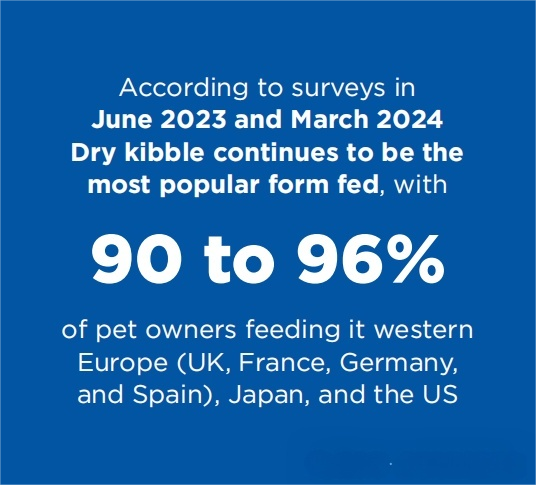
Innovations in Feline Nutrition
New research on feline diseases has led to innovative nutritional management technologies. For instance:
- Hill’s developed a proprietary prebiotic fiber blend called ActivBiome+, which provides microbiome nutrition for cats. It quickly activates a cat’s unique gut microbiome to promote regular, healthy bowel movements.

Cost’s Impact on Pet Food & Veterinary Choices
Veterinary care and pet food costs always influence owners’ decisions. Kynetec’s report on consumer trends in pet food and veterinary care notes:
- Over the past six months, ~1/3 of pet owners switched their cat food brand.
- Main reasons: Cost, perceived value, and available promotions.
- Other reasons: Recommendations from veterinarians/veterinary teams, or finding food their cat prefers more.
In the same survey, veterinarians reported:
- A majority noticed that due to financial stress, cat owners are switching from therapeutic pet food to non-therapeutic options, stopping therapeutic food entirely (highest in the U.S. and Spain), or refusing prescription therapeutic food (highest in the UK and U.S.).
A smaller share of veterinarians observed owners cutting medication for specific health conditions:
- U.S.: 52%
- Western European countries: 26%–44%
- Japan: 18%
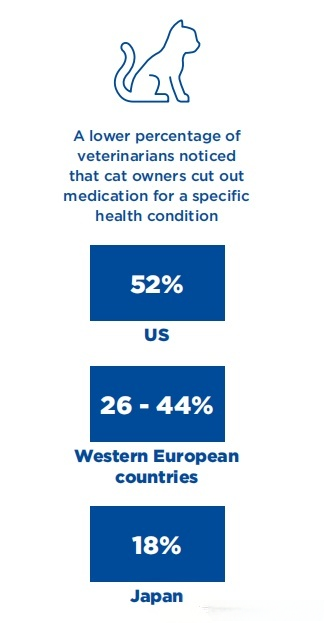
Conclusion
This report underscores the growing importance of specialized resources in feline medicine. For professionals researching cat food innovations or veterinary care advancements, it serves as a valuable reference and guide—helping drive better outcomes for cats and their owners worldwide.
